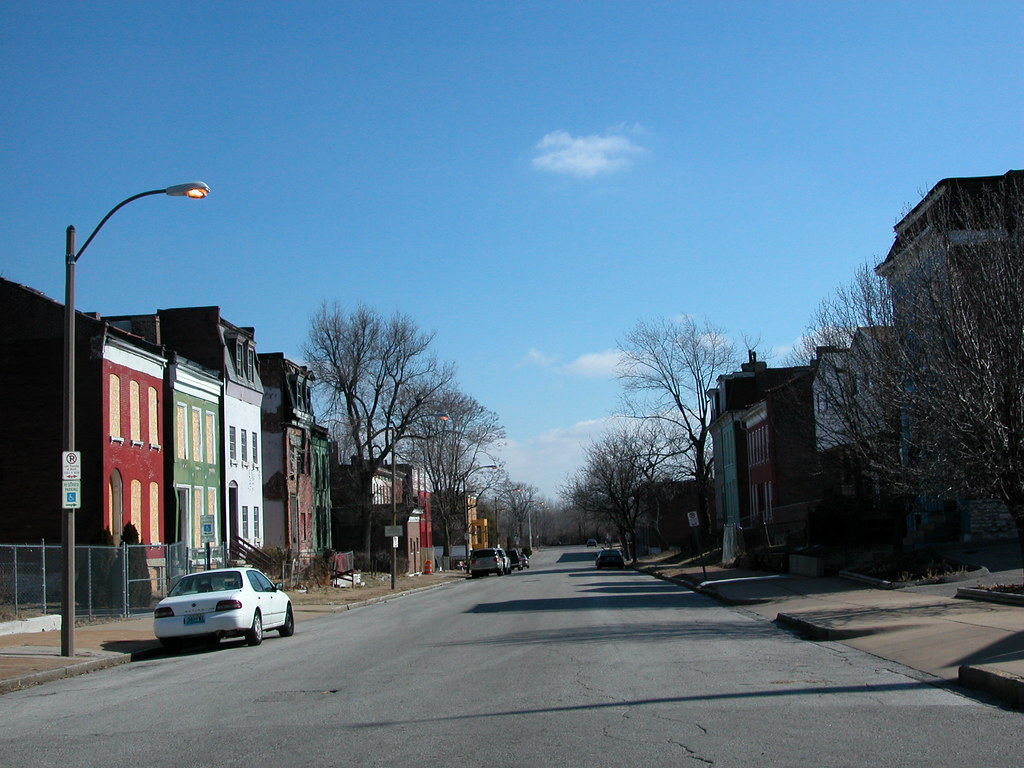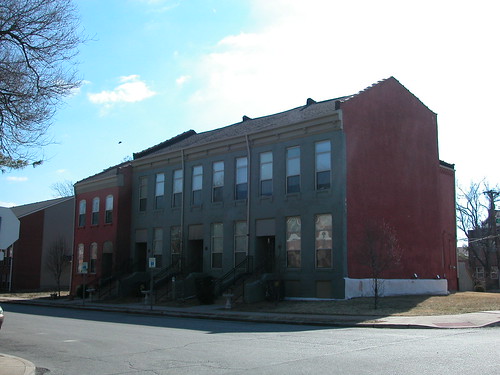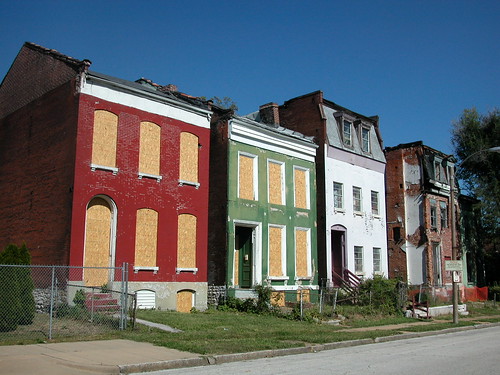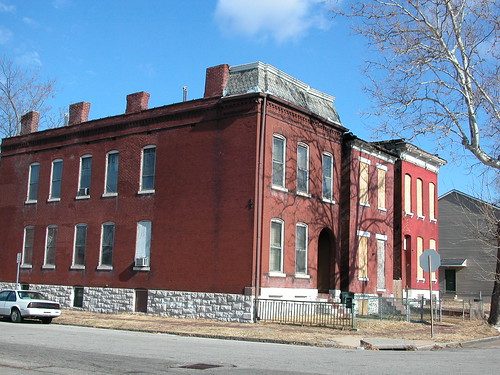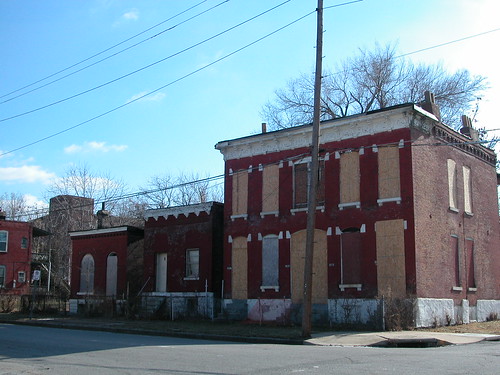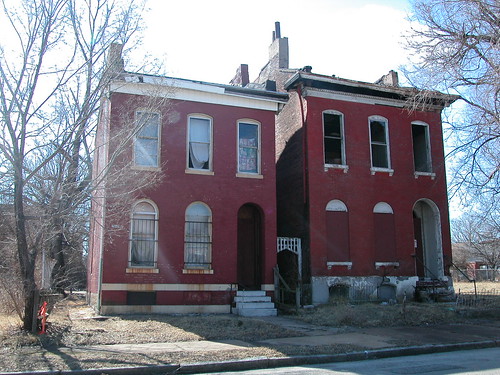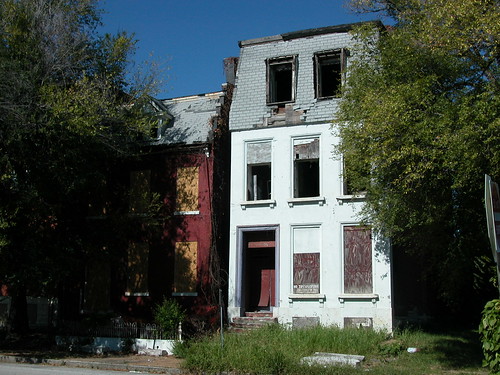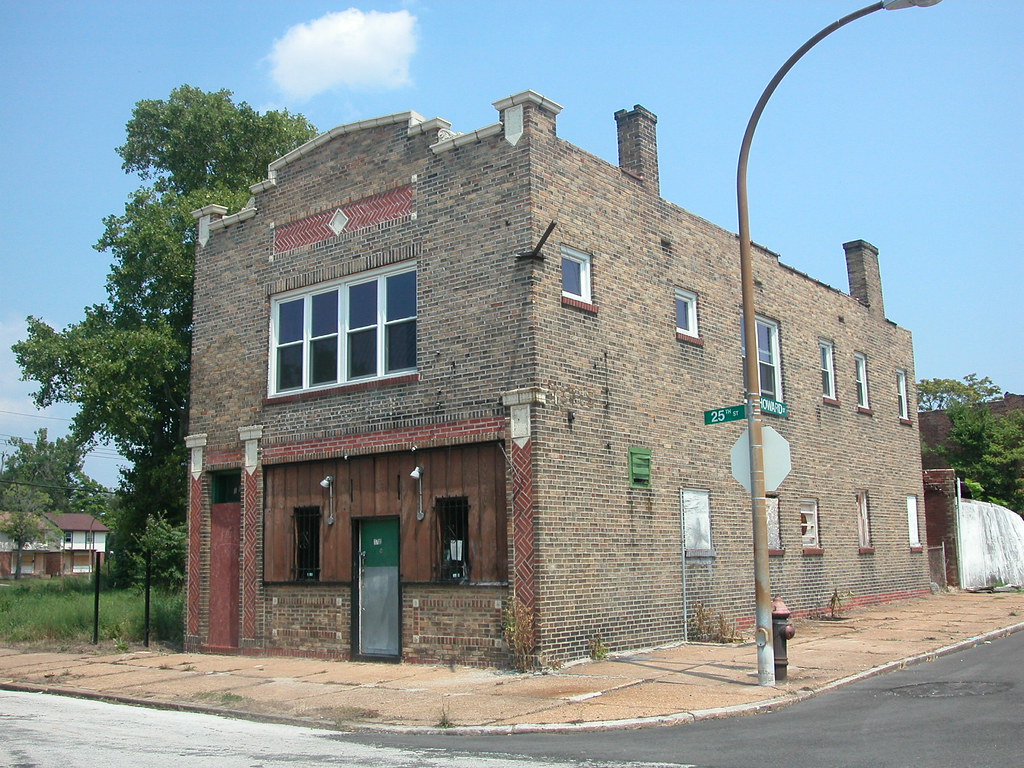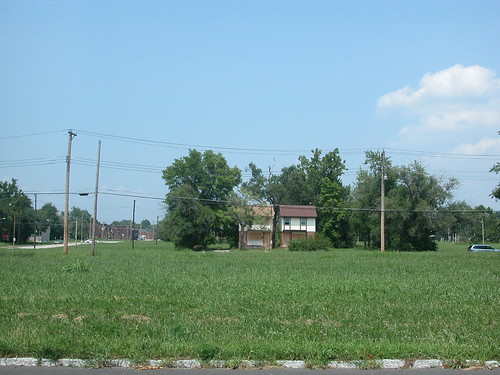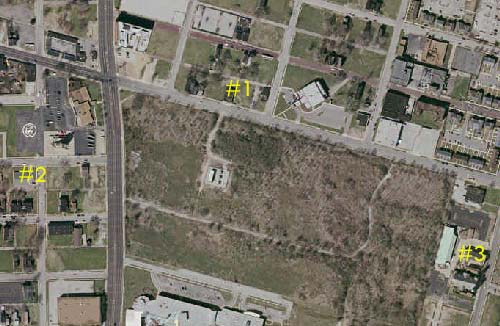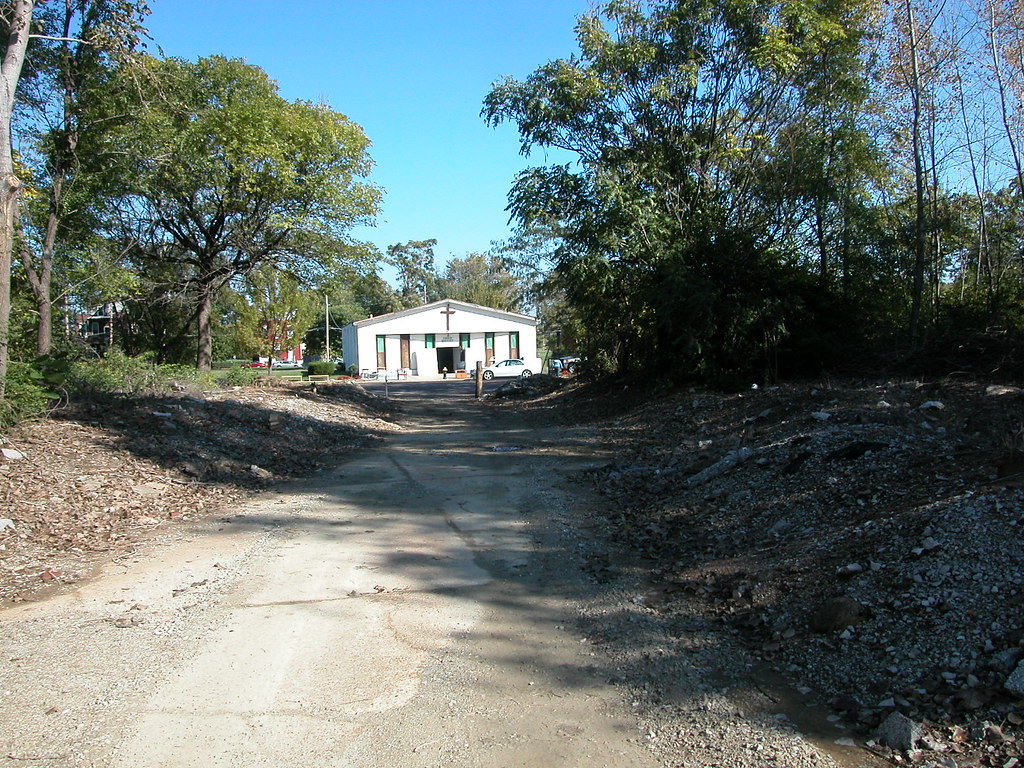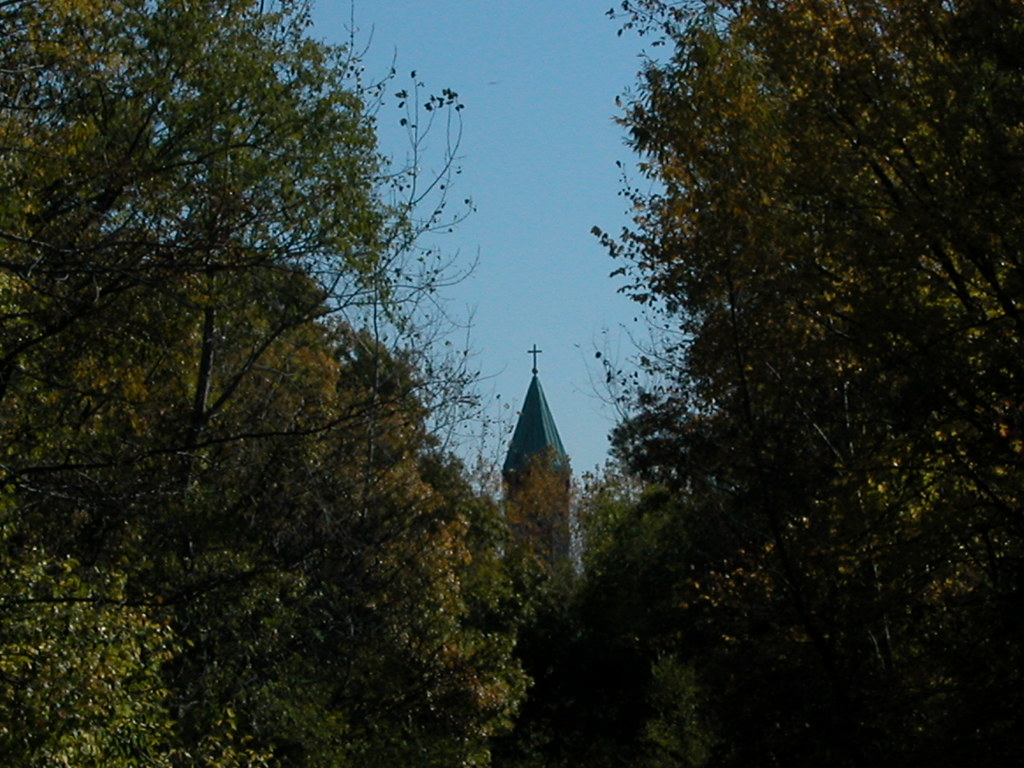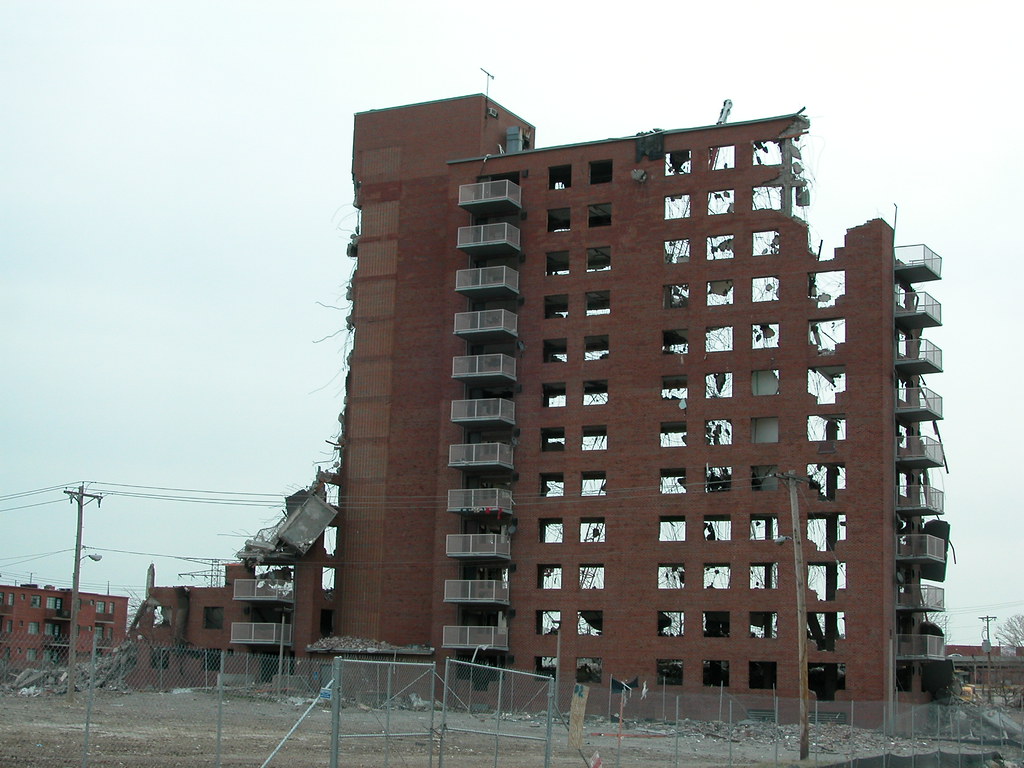by Michael R. Allen
One of the characterizations often raised about the area of north St. Louis included in the McEagle project is that it is “urban prairie” where few houses remain. The area is marked by only a handful of historic buildings, vacant land, and people who are unseemly and whose eviction will only benefit the area. There are many vacant lots and houses (too many) and a few bad apples, but by and large the persistence of these neighborhoods is contrary to the word on the street. The worst parts happen to be very photogenic examples of disinvestment, but the best parts show resilience and an urban character impossible to recreate.
St. Louis Place and JeffVanderLou are amazingly rich with fine architecture, caring residents and many efforts at neighborhood improvement. These neighborhoods could use a boost — the bigger the better. However, that boost must complement what is already there.
Here are photographs of the rich architectural character of the part of JeffVanderLou just west of an admitted urban forest, the site of the Pruitt-Igoe housing project. These photographs show that historic preservation and sensitivity to existing residents must be part of the McEagle plan — there is critical mass here.
These houses date from 1870 through 1910, and span a wide stylistic range. There has not yet been a comprehensive architectural survey of the area, but a cursory examination shows much remaining building stock with strong significance. The building density in JeffVanderLou is higher than that of Old North St. Louis — there is tremendous opportunity for preservation-oriented development. Many individuals and the St. Louis Equity Fund have invested in historic buildings, but a lot of work remains. Listing as much of the neighborhood as possible on the National Register of Historic Places would help bring economic development incentives and recognition of the unique architecture that remains.
Of course, photographs only tell part of the story. In JeffVanderLou, one also can find the photographs that would prove an “urban prairie” theory. The truth is complex, and best experienced in person away from the manipulations of photographs and aerial plans. One will find a neighborhood — flawed, deprived, lively and urban. New investment must face this reality and work with it.

